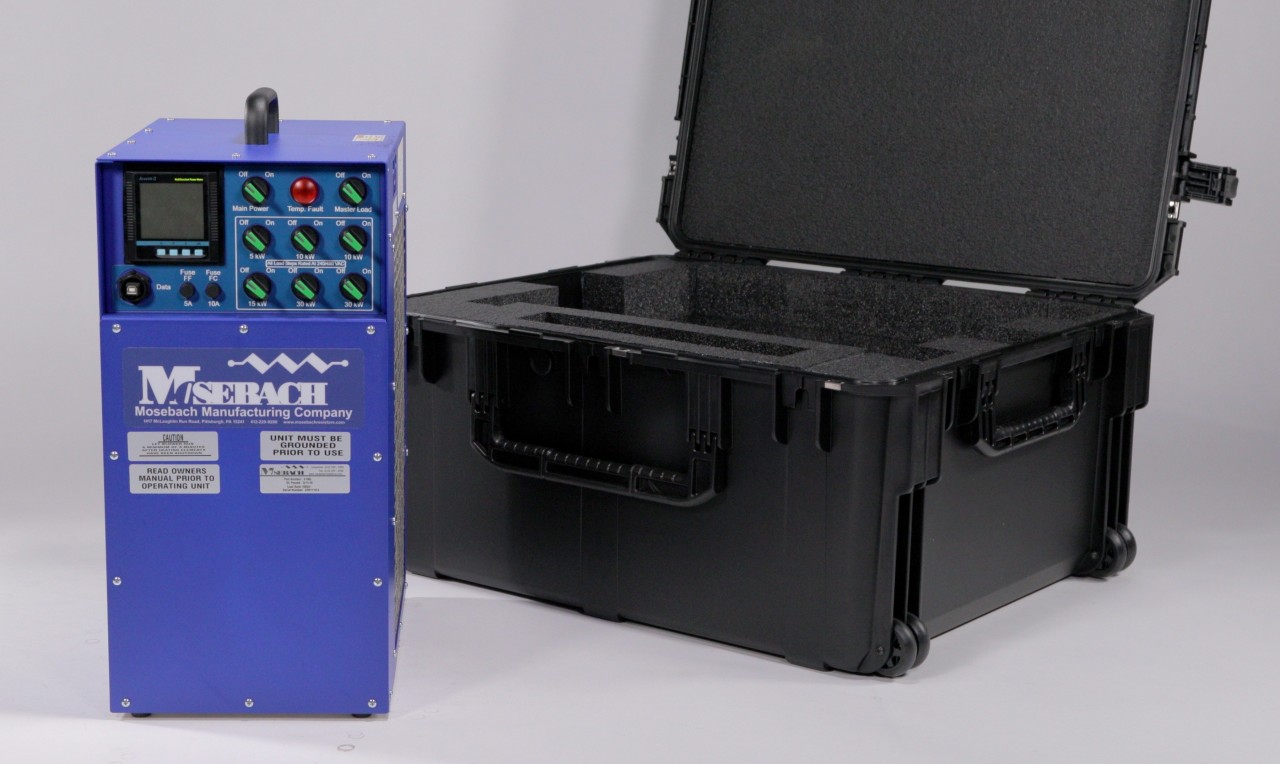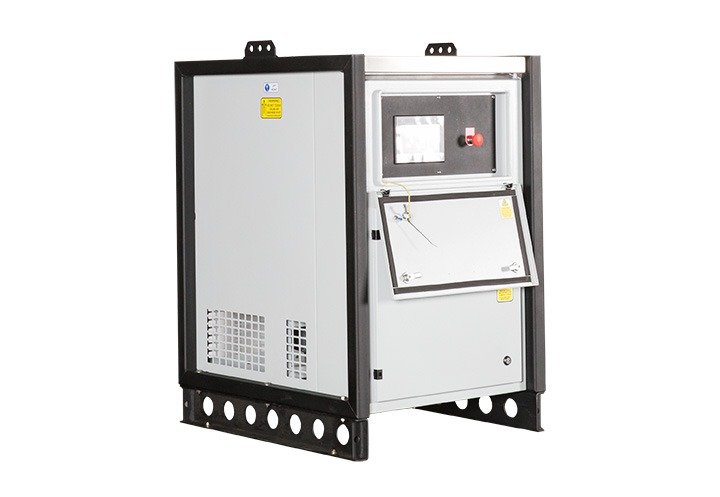Load Bank 100kw
Are you looking for a reliable way to test the capability of your power system? Look no further than a load bank 100kw. With load banks, you can ensure your system can handle peak demands, prevent wet stacking, and maintain optimal generator performance.
Pain Points of Load Bank 100kw
Without proper testing, power systems can fail during critical moments. Imagine your generator failing during a power outage or a crucial event. The cost of downtime, repair, and replacement can be significant, not to mention damage to reputation and customer satisfaction. Moreover, generators that operate below their capacity can suffer from harmful effects such as carbon buildup, unburned fuel, and poor lubrication that can decrease their lifespan and performance.
What is the Target of Load Bank 100kw?
A load bank 100kw is a tool used to test the capacity and stability of electrical generators, transformers, and other power sources. It applies an artificial electrical load to the generator and measures its performance under various conditions like different loads, temperatures, and voltages. The goal is to create a resistive and/or reactive load on the system that simulates real-world operating conditions to ensure the system's performance, diagnose any issues, and improve efficiency.
Summary of Main Points
In summary, a load bank 100kw can help ensure proper performance and prevent damage to your power system by:
- Testing the system's capability to handle peak loads
- Preventing wet stacking and carbon buildup
- Maintaining optimal generator performance
- Diagnosing issues and improving efficiency
Load Bank 100kw: How it Works
As mentioned before, a load bank 100kw applies a load to the power source to simulate real-world conditions. The load can be resistive, reactive, or a combination of both. A resistive load creates heat, while a reactive load creates a magnetic field. The load is adjustable and can be changed in steps to increase or decrease the demand on the system.
During the test, various parameters of the system are measured and compared to the specified values, such as voltage, current, frequency, power factor, and harmonics. The test results can be used to evaluate the system's performance, identify weaknesses, and improve the overall efficiency.
Benefits of Load Bank 100kw
Some benefits of using a load bank 100kw include:
- Ensuring that generators work at peak performance and can handle heavy loads
- Preventing the accumulation of carbon and unburned fuel
- Maintaining the lifespan and reliability of the generator
- Reducing costly repairs and downtime
Load Bank VS Real Load
Some might argue that testing with real loads is enough. However, relying solely on real loads can be hazardous, inconvenient, and expensive. Not to mention, verifying the adequacy and stability of the system under peak loads can be impractical or even impossible without a load bank. Testing with a load bank provides a controlled, safe, and economical way to simulate various real-world conditions that might not be possible with actual loads.

Personal Experience with Load Bank 100kw
Recently, our power plant was experiencing issues with our generator's performance. Despite its regular maintenance, it seemed to underperform under high loads and temperatures. We decided to test our generator with a load bank, and the results were eye-opening. We discovered that the generator was not generating the full capacity, and its fuel efficiency was below optimal. We were able to fine-tune the system and improve its overall performance. We learned the benefits of load bank testing, and our experience reaffirmed the importance of proactive maintenance and testing.
Question and Answer
1. When Should I Use a Load Bank for Testing My Generator?
A load bank should be used when you need to know your generator's actual capacity. It's best to test during regular maintenance schedules or annually.
2. Can I Use a Load Bank for Other Power Systems Besides Generators?
Yes, a load bank can be used to test many power systems like transformers, engines, backup batteries, and UPS systems.
3. Can a Load Bank Cause Damage to My System?
If the load bank is used incorrectly or exceeds the system's capacity, then yes, it can cause damage or tripping of breakers. Always consult with professionals before using a load bank.
4. How Much Does a Load Bank 100kw Cost?
The cost of a load bank can vary depending on several factors like its size, features, load type, and brand. A load bank 100kw can range from $5,000 to $20,000.
Conclusion
Load banks are a valuable tool for testing and maintaining power systems' performance, particularly for generators. Load bank 100kw offers a reliable, safe, and efficient way to ensure peak performance and prevent damage or downtime. The cost of a load bank is a small price compared to the benefit it provides. Don't wait for a crisis to happen to evaluate your power system's capability. Invest in a load bank 100kw, and you won't regret it.
Gallery
Resistive Load Bank 750VDC&450VDC 100KW
Photo Credit by: bing.com / load bank resistive 100kw click
100kw Load Bank - Diesel Generation Australia

Photo Credit by: bing.com / 100kw
Mosebach X100L Portable Load Bank (100kW) | SteadyPower.com

Photo Credit by: bing.com / load bank 100kw portable mosebach banks
Viking 100kW Auto Load Shedding Load Bank

Photo Credit by: bing.com / load 100kw bank viking shedding auto generator 30kw
100kW Avtron Freedom Portable Load Bank | LPH100 | Fetting Power, Inc.
Photo Credit by: bing.com / load bank avtron portable 100kw freedom banks
0 Response to "Load Bank 100kw"
Posting Komentar